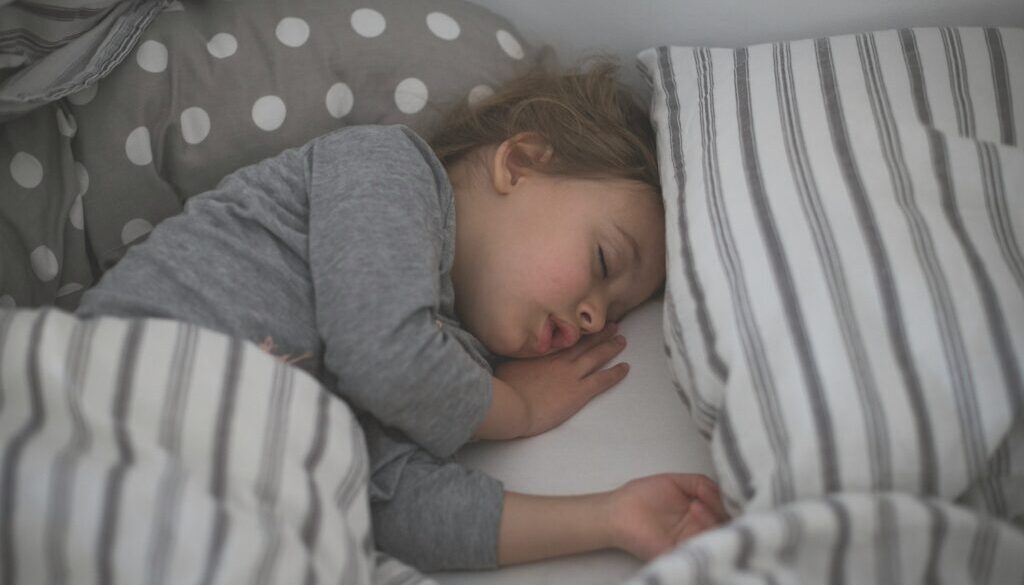Children’s bedrooms, ideally safe spaces for rest and development, may be unknowingly exposing young ones to harmful chemicals. Two recent studies have highlighted that mattresses — an essential item in every child’s room — could be a significant source of toxic exposure. The findings have raised concerns among scientists and parents alike, revealing that many mattresses emit harmful compounds that may compromise a child’s health during crucial developmental years.
Studies Reveal Mattresses Emit Harmful SVOCs, Creating Toxic Sleep Zones for Children
The studies, published in Environmental Science & Technology and Environmental Science & Technology Letters, focused on semivolatile organic compounds (SVOCs) such as phthalates, flame retardants, and UV filters. These chemicals, often used to make plastics flexible or to prevent fires, are not tightly bonded to the materials in mattresses. As a result, they can leak into the surrounding air, dust, and skin, especially in the areas directly around a child’s bed, creating a toxic “sleeping microenvironment.”

The first study tested 25 bedrooms of children aged six months to four years, revealing alarmingly high levels of more than two dozen harmful compounds. These chemicals were most concentrated near the sleeping areas.
A second study analyzed emissions from 16 newly bought children’s mattresses, confirming that both the materials and a child’s body heat increase the release of SVOCs into the environment, especially while the child is sleeping.
Children Face Higher Chemical Risks, Urging Safer Bedding and Stricter Mattress Regulations
Children are uniquely susceptible to SVOCs due to physiological factors. They breathe more rapidly, have proportionally more skin surface area, and frequently engage in hand-to-mouth activity. These traits allow greater absorption and inhalation of chemicals.
Long-term exposure to phthalates and flame retardants has been associated with hormone disruption, asthma, cancer, behavioral issues, and cognitive impairments. Despite being prevalent in mattresses, many of these chemicals, especially flame retardants, serve no functional safety purpose.
Researchers are calling for stricter regulations and more responsible manufacturing practices, especially in Canada and the wider North American market. They urge policymakers to ban unnecessary SVOCs in children’s mattresses. In the meantime, parents can reduce their child’s exposure by selecting undyed, simple bedding; regularly washing sheets and covers; and minimizing the number of items like pillows and plush toys in the sleeping area. Ensuring a cleaner sleeping environment could go a long way toward supporting healthy brain and physical development in young children.


